If you read my last blog post, you know that by the end of 2023, I was running on fumes. My business, Frizz Studio, had a banner year—but at a cost. The hustle, the long hours, the constant grind… it all caught up to me, and I hit a wall. Hard.
Burnout isn’t just about feeling tired—it’s the kind of exhaustion that makes even the things you love feel overwhelming. I needed a reset, and for the first time in a long time, I allowed myself to step back and make fundamental changes.
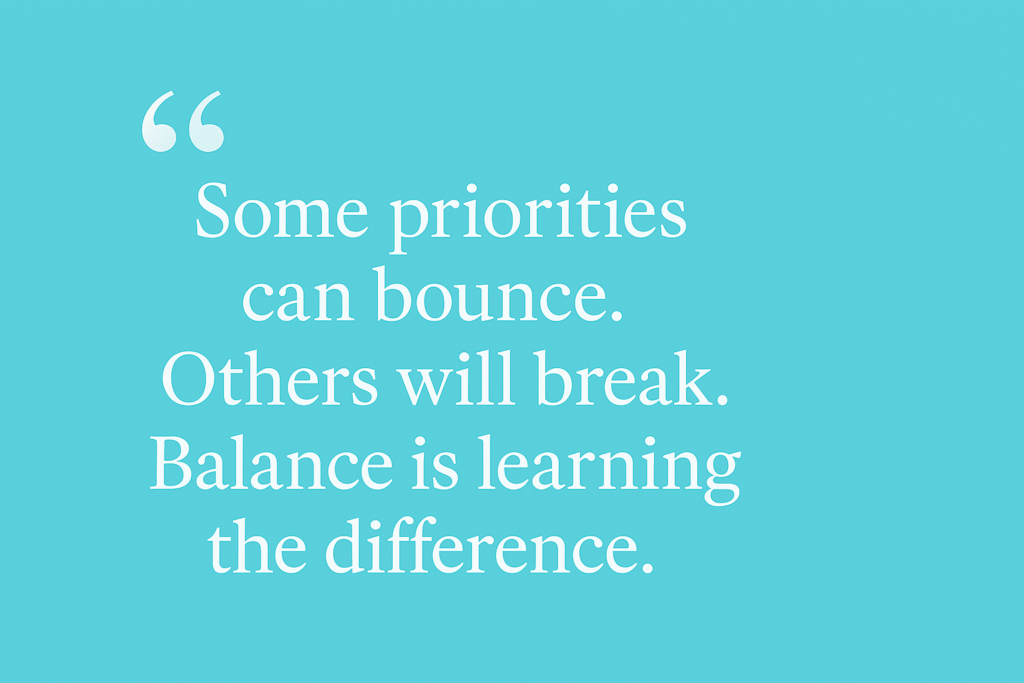
Hitting Pause: What Taking Time Off Did for Me
Slowing my schedule down felt scary and unpredictable. Like many entrepreneurs, I tied my productivity to my worth. But taking intentional time off allowed me to assess a few things more clearly:
- Mental Clarity – When I stopped overloading my schedule, I could think more clearly about what I wanted my business to be.
- Focusing on Family Relationships – I felt I was simply caring for people and not nurturing my family relationships. Stepping back allowed me to be present with the people who matter most.
- Focusing Down on Schedule – When I wasn’t running on stress and a lack of time, I could finally consider what I wanted my schedule to look like. In addition, create well-thought-out workflows and templates to help me be more efficient in my business and home spaces.
The Repairs: How I Made Changes for a Sustainable Business
What I did to create a healthier balance between work and life:
1. Redefining My Schedule
I realized that working non-stop wasn’t a badge of honor—it was a fast track to burnout. Now, I structure my days differently:
- Assigning defined “Desk Days” — Non-Service Appointment Days for editing and other admin tasks.
- Assigned Service Appointment Days with defined hours that make sense.
- Prioritizing projects that align with my service type, not just saying “yes” to everything. Staying in my lane.
- Removing clients or work that were constantly setting me behind schedule.
- I take active time off from service windows throughout the year if my needs fall to the wayside.
- I’m a parent, and recognizing where my needs as a mom are needed more helps me define where to slim or shut down for active services.
I plan to reassess my annual and weekly schedules every 3 to 6 months as our lives change with my kids’ sports and school activities. By looking ahead for three months and adding all my family and fitness goals to my calendar before I set my availability, I can better focus on my main priorities as a mom (the “Primary Parent”), a wife, and ensuring that I also meet my personal goals.
I have always thought that I was protecting my time and schedule by “setting boundaries,” and it never seemed to work in a way that actually helped manage my schedule. Instead of simply setting boundaries, create a schedule that doesn’t allow for you to need to set boundaries in the first place.
2. Setting Smarter Client Expectations
I revamped my booking and scheduling policies and created better workflows so my clients get a seamless experience, without it taking a toll on me. This includes:
- Adjusting turnaround times that work for both me and my clients, expanding my window for most regular appointments to 7-14 days instead of setting up the expectation of 3-day turnarounds (and properly charging fees for rush requests).
- Automating most of my scheduling through Calendly (an online scheduler) to cut down on back-and-forth emails and offer a consistent schedule.
- I’ve been using Spark for my email client, and I can’t say enough about how this handy email client cuts down on the email noise. In addition, the email templates feature (among many excellent features) is gold for my workflow.
- Improved communication via PDF handouts designed in Canva or Google Docs so clients feel informed, and I’m not spending hours detailing redundant information in emails and texts.
3. Saying ‘No’ (Without Guilt!)
One of the biggest lessons? Not every opportunity is the right one. I started being more selective about:
- The types of projects I take on.
- The clients I work with.
- The time commitments I agree to.
I have gotten very good at referring work that doesn’t work for my schedule or energy. I have a swip file to refer any of these jobs to 1-3 solid Photographers with a similar style, personality, and pricing to my past work (for jobs I won’t take, like seniors and family portraits). This tactic not only brings you good karma but also shows what kind of business person you are (instead of turning a request away, show kindness and help them find a good fit).
4. Prioritizing My Health & Fitness
Burnout isn’t just mental—it takes a toll physically too. I made conscious efforts in these areas:
- I joined a CrossFit gym with set class times, which helps me consistently attend. I prioritize my gym sessions and go regardless of how I feel. Even on “bad” workout days, I gain social interaction and stay active, which is vital for managing my Rheumatoid Arthritis and maintaining my mobility.
- I’m back to making better meals instead of snacking all day on carbs (lol!).
- Prioritizing Sleep when needed instead of sacrificing rest for more work.
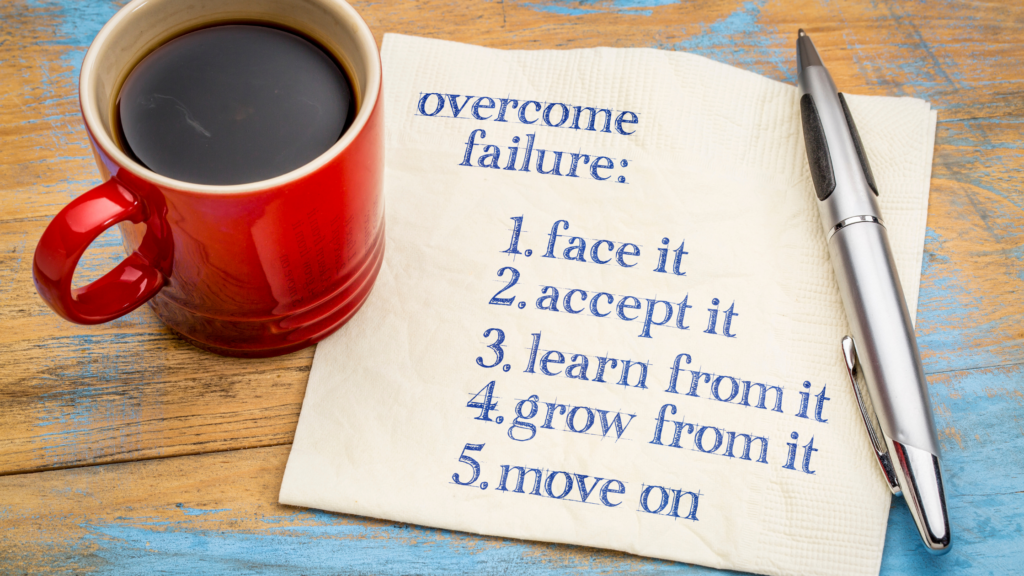
Moving Forward: A New Normal
This isn’t about finding an overnight solution; it’s about shifting my mindset and deliberately managing both my business and personal life with more intention. I come from a generation of “boss babes” and “hustler mentality” — which is so wrong in so many ways. I’m approaching my business as it should be run— in a way that keeps me balanced, energized, and sane, rather than exhausted.
If you’ve ever felt close to burnout, I highly recommend stepping back to reassess. This isn’t about giving up—it’s about ensuring you can continue without losing yourself along the way.
Here’s to working smarter, not harder; to being more present in both business and life. Most importantly, maintaining a positive mindset is essential because life is too short to be anything but happy.
Have you ever faced burnout? What helped you recover?


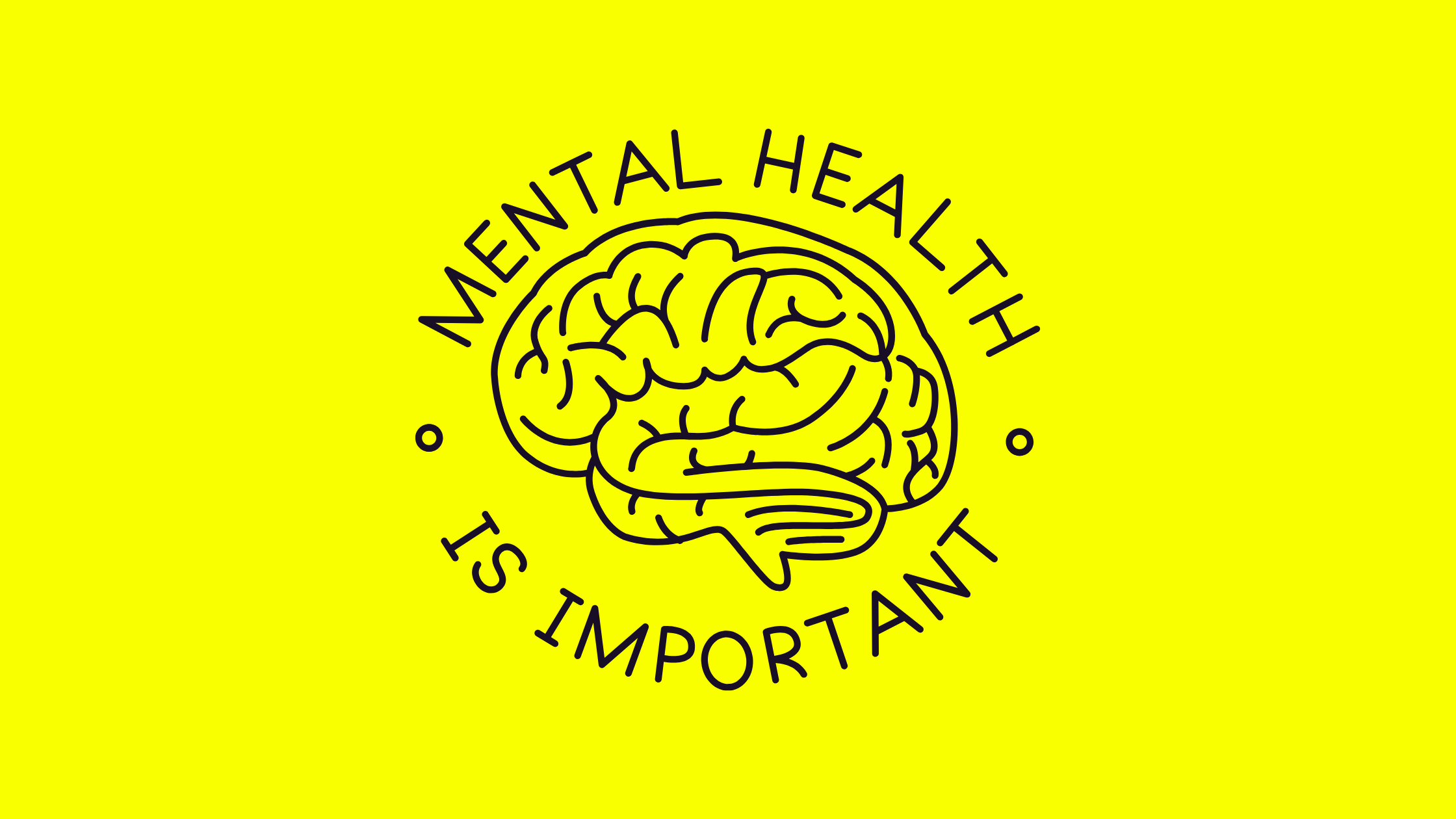

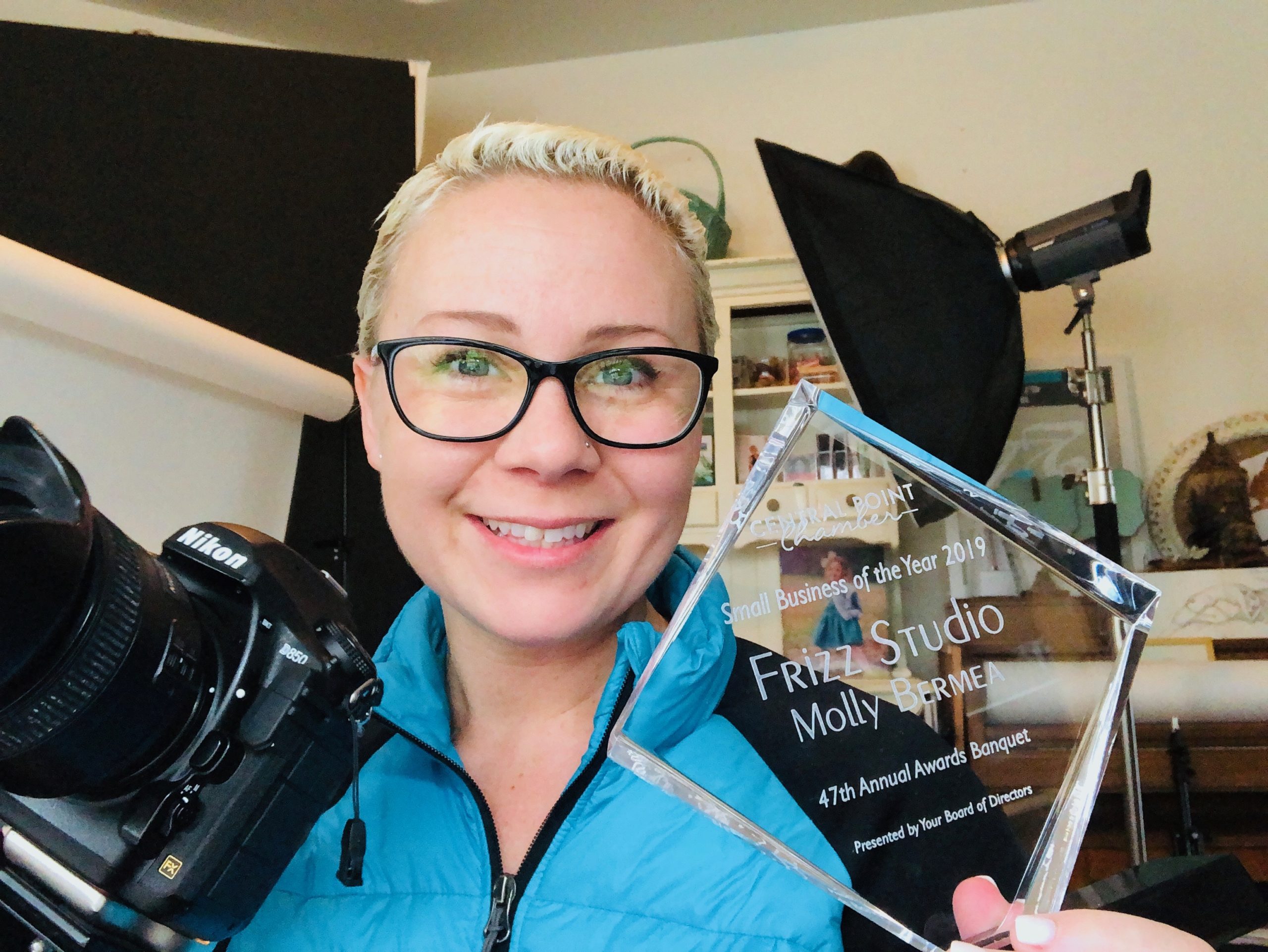

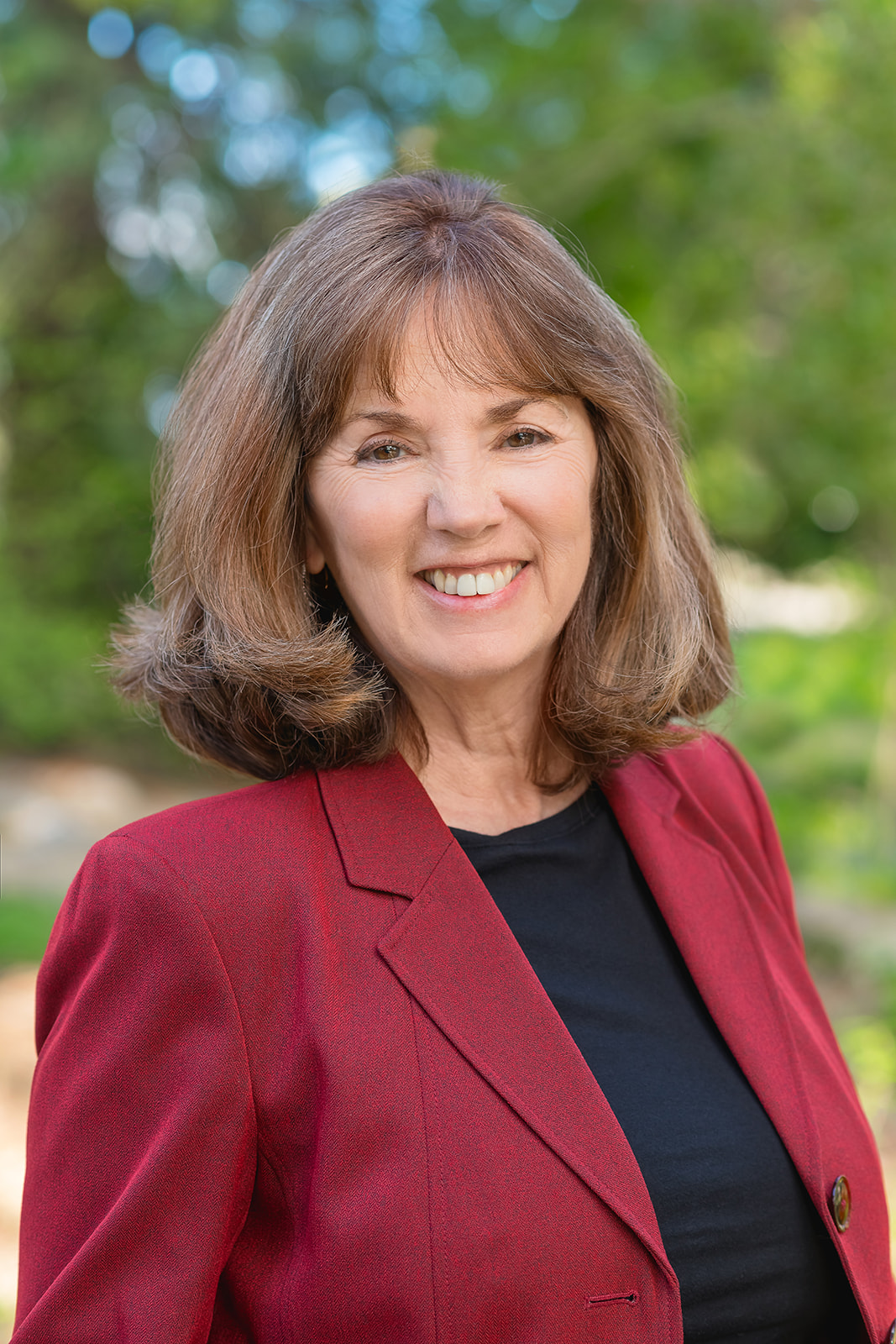
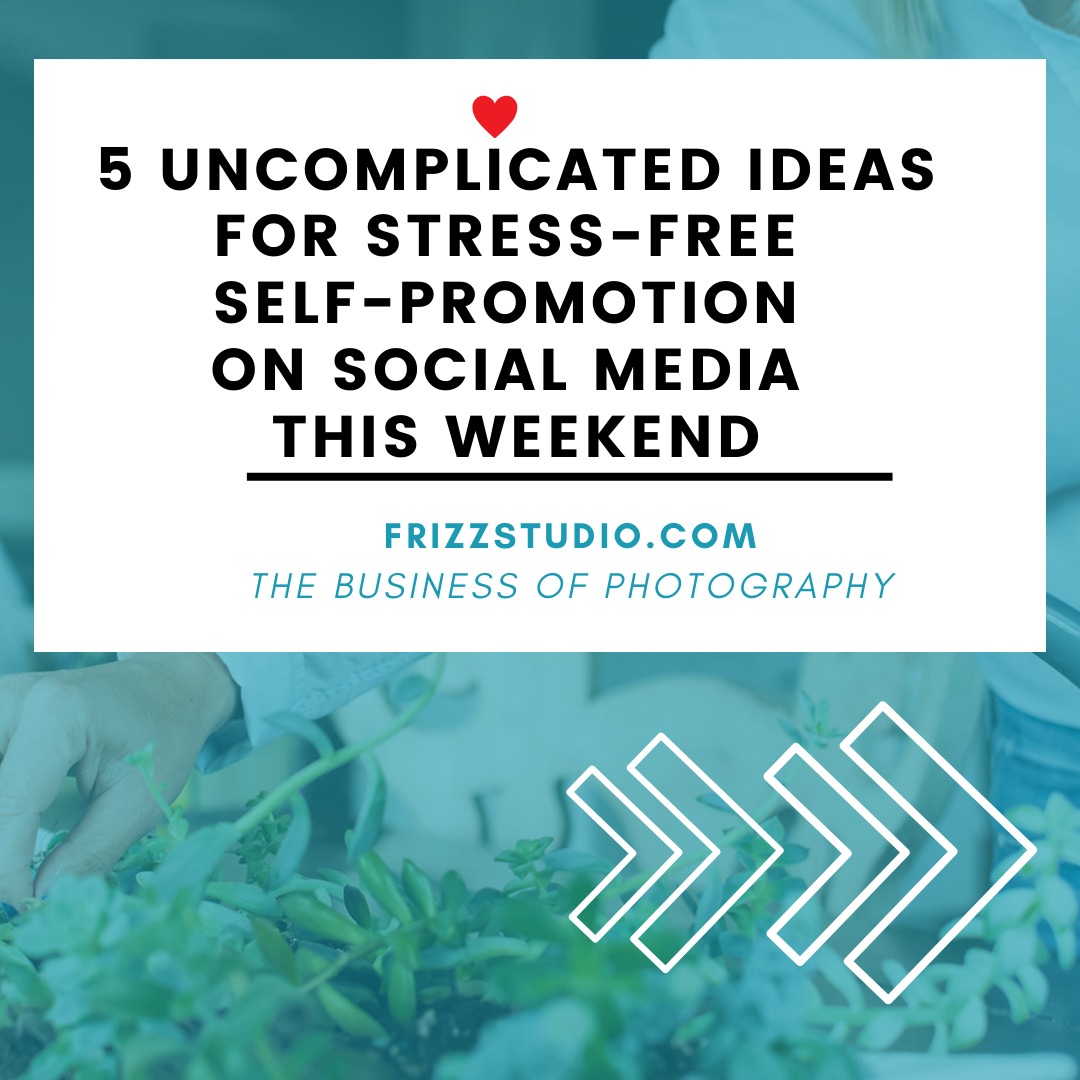
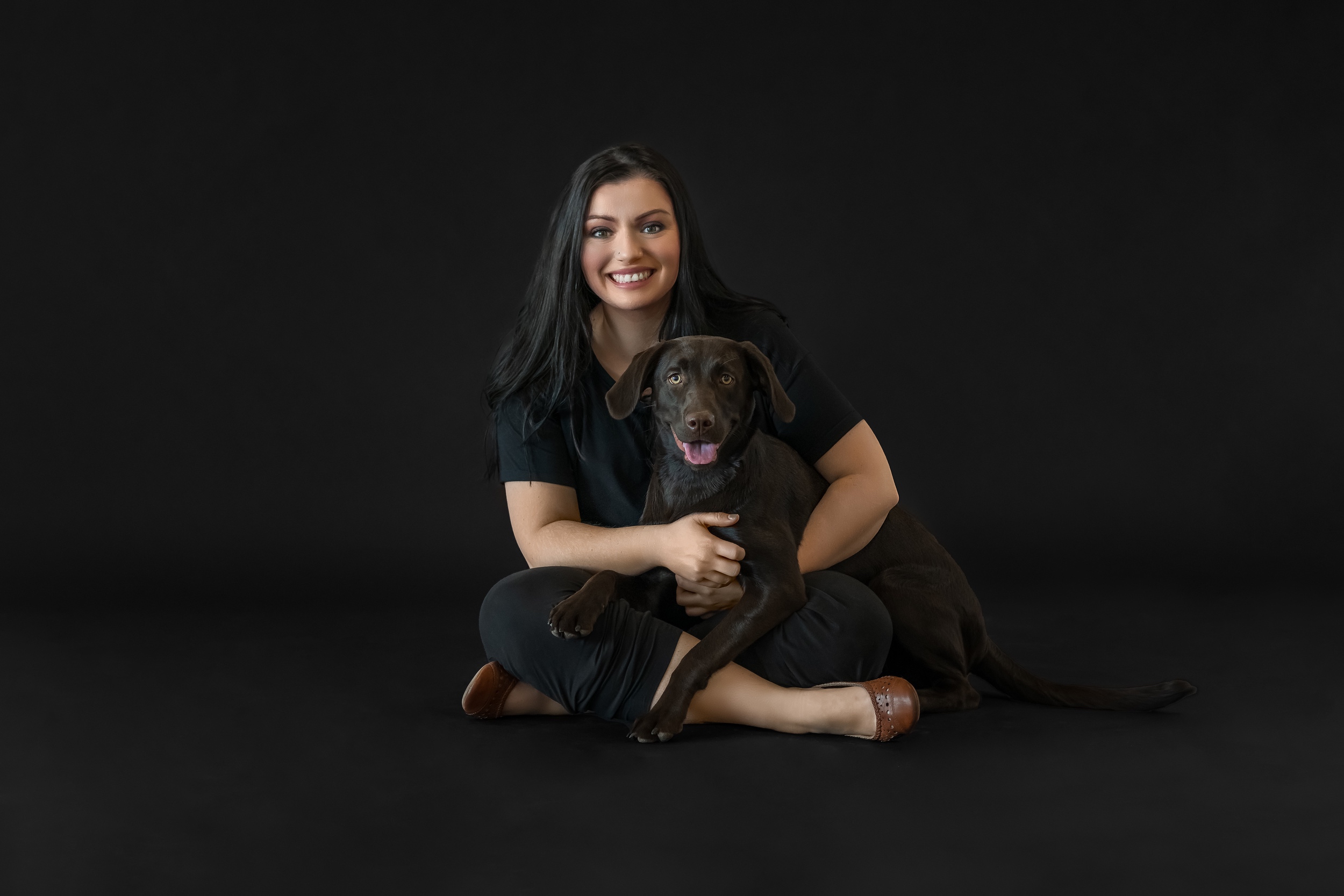
Leave a Comment